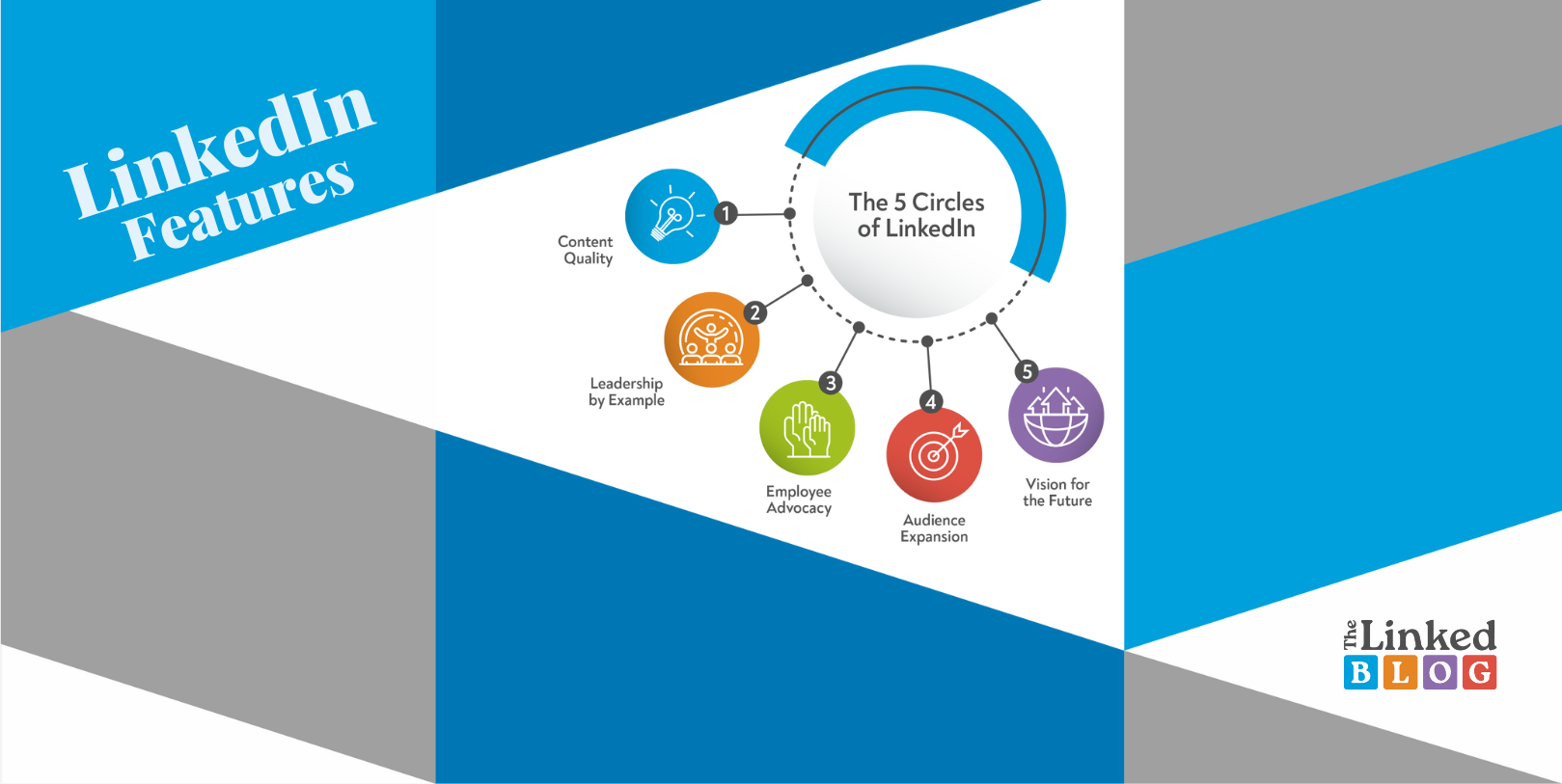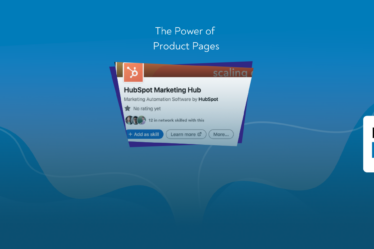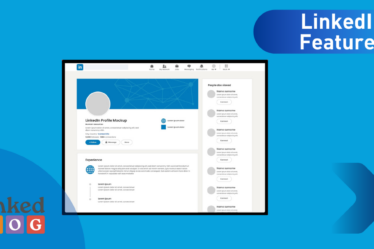
Leading in the face of emerging crises and long-term uncertainty is undeniably difficult. It requires not only courage and good sense but also perseverance and strong nerves. These qualities are characteristic of strong leaders and can lead them successfully through the nine circles of hell.
In business, this path can rarely be walked without the right partner. Fortunately, over the last three extremely complex years, LinkedIn has helped businesses by significantly increasing its functionality and creating literally millions of opportunities to engage customers and employees. Ways to connect between users have increased at the expense of restrictions on creating new contacts. The My Company Tab also appeared, which made it possible to publish more content by literally everyone in the company. Thus, the platform proved to be a necessary helper and the basis for passing through the storm.
There are predictions that 2023 will also be full of challenges and the professional network could be a key tool for growth in a period of expected recession. However, companies will need to pass through LinkedIn’s Five Circles to achieve the desired effect.
My work with dozens of companies over the past years has brought to the fore 5 essential elements of LinkedIn presence that produce consistent and clearly measurable results. Each requires focus and commitment from different parts of every business, but the synergy is visible and with clear potential for scaling within the next 12 months.
And because precision and quality distinguish LinkedIn from other social networks, we are taking the first steps precisely in the circle of quality content.
Content Quality
Professionals who have followed а company page on LinkedIn and have connected with its leading representatives are not only looking for product information or corporate news. They want added value that meets their expectations and current needs. Both are not necessarily realized at the specific stage, but the task of an active presence on the platform through quality content is to build relationships, engage the audience and thus, improve the recognition of any brand.
According to research firm Forrester, post-pandemic purchase decisions in the B2B segment are made after nearly 30 interactions within the research stage – nearly double from 2019. This may include comparing features, reading blog articles, reviews and recommendations, video views, conversations with salespeople, and definitely not least: viewing content on the potential supplier’s LinkedIn channels.
Therefore, regular posts about industry trends, specific problems and solutions as part of the content mix are an effective way to position yourself in the professional network. As a primarily B2B platform, this is not a place for quick deals, so the endpoint is an inquiry at the right moment for the customer. Our job is to get that call or even a personal message before the competition that turns into our next big contract.
Leadership by Example
According to other researchers of trends in the development of business relations and sales – Gartner, the decision to buy in B2B companies has long been made not only by senior management. However, this does not mean that these same people are not key to the success of the communication of their own company! On the contrary, management activity on LinkedIn not only reinforces messages to potential clients and partners but also sends a clear signal of how important professional networking is to the organization.
We see great examples from business leaders of different generations. They all create content, interact with other people’s publications and, as a result, they drive their companies forward. That’s why their business pages perform better and grow faster than their competitors’.
Here the secret lies, not only in the CEO’s charisma but also in the involvement of the middle management, which in turn leads to a greater number.
Employee Advocacy
And the potential becomes literally unlimited! Without being a professor in probability theory, I would bet that the chance of a company having more followers on its LinkedIn page than the total number of contacts of its employees is less than 5%.
On the other hand, according to data from the platform itself, companies with active employee engagement programs (Employee Advocacy) score up to 4 times higher effectiveness of their online presence and have nearly 60% greater chance of attracting and retaining quality employees.
However, the essence of this third circle of LinkedIn is not about higher numbers, but about the most important social capital of an organization – trust. As consumers, we follow business leaders, but we really trust those whose primary job is not to “sell”. If we want to work in a certain company, for example, we look for current and even former employees to learn more about the conditions, the corporate culture, the attitude. Or to put it simply, engaged employees are the best social proof a company can have on LinkedIn (in a nutshell – start using the My Company Tab today).
Audience Expansion
Growth can hardly be sustained long-term if you rely only on organic content, and the professional network is no exception. And although LinkedIn is one of the social media channels with the greatest viral potential, efforts to constantly expand the audience are paramount. Here we are talking not only about advertising campaigns that allow precise targeting of potential audiences but also about interaction with external channels (including offline) and even B2B influencer marketing.
The journey to effective use of LinkedIn ends with the fifth circle, which adds a strategic touch.
Vision for the Future
Trust in business is key and customers, especially in high-value partnerships, trust experience and knowledge. When we are looking for a partner for a specific project or supplier of a product or service, we are looking for a common future. We usually need not only to be sure that the other party knows what they are doing and that all deadlines will be met, but also that there is potential for the partnership to get better and more efficient over time.
Passive and outdated businesses rarely win here! It’s thought leadership that gets it all. The companies that have already shown the presence of a vision for the future, the ability to foresee specific processes and achieve better results, attracting the best talents in their industry, come to the fore.
In business, the Olympic principle that participation alone equals success does not apply. Implementing LinkedIn’s Five Circles concept, however, requires just as much persistence and strategy as competing under the banner of the Olympic Five Circles. Include it in your company’s marketing efforts in 2023 and soon you will see the results!
This article was first published on Forbes Bulgaria.



